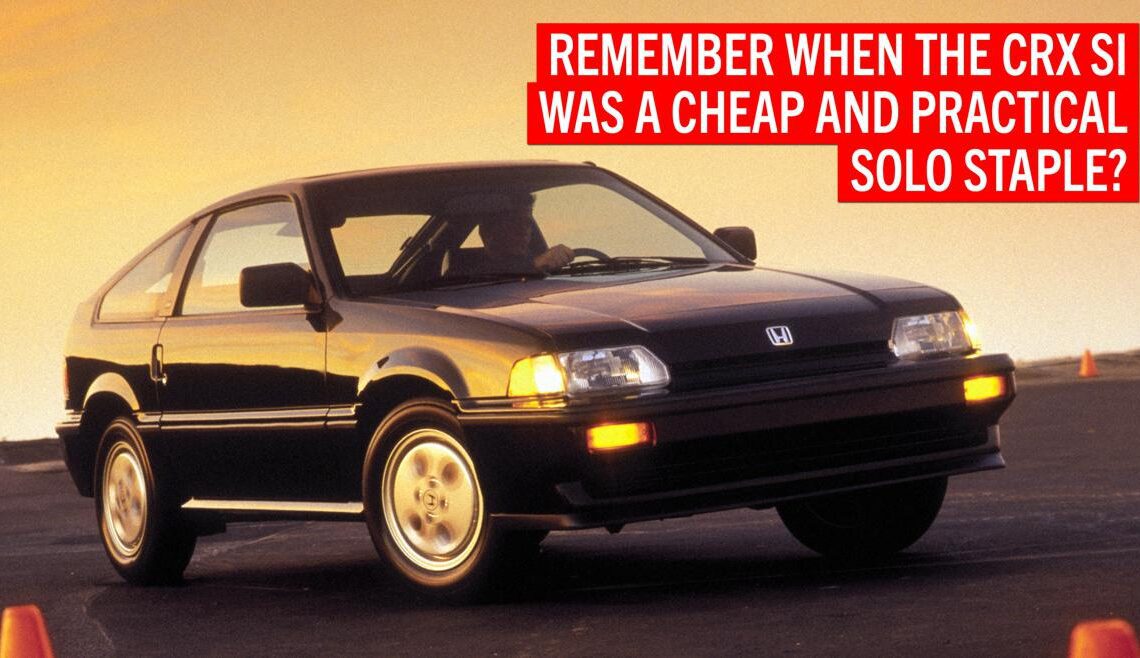[Editor’s Note: This article originally appeared in the August 2013 issue of Grassroots Motorsports.]
“You develop a lot of obscure muscles in your arms from that unassisted steering with 9- or 10-inch wheels and a Mugen differential. We call ’em ‘Honda muscles.’”
Driving his old C Street Prepared Honda CRX wasn’t just another day at the gym for Bret Norgaard, though. …
Shopping & Ownership
Bret Norgaard, longtime autocrosser and president of CRX tuning shop Yawsport, built the most developed first-generation CRX in the country and competed with it for seven years in SCCA Solo. He earned a second-place finish at Solo Nationals in 1998–at the time, it was classed in C Street Prepared. He still builds CRXs to this day. He gave us the following tips.
Generally speaking, these cars are very reliable if they’re given the proper maintenance and care. Fuel pumps go out, pump prefilters need to be changed regularly–nothing you wouldn’t expect on a car that’s a quarter-century old. “There weren’t any issues you could really focus on,” Bret says.
It’s hard to find clean cars for sale. You’ll have better luck finding one that’s not rusty in the West and Southwest regions of the country. If you’re shopping somewhere that actually has weather, rust can be a real issue. Look for rot in the rear fender wells and lower rocker panels, the rear trunk bulkhead and around the taillights. Any rust on the suspension is usually just cosmetic except for the occasional broken anti-roll bar link.
The hot ticket for low unsprung weight on the rear axle is to swap in the piece from the superlight HF model. These are smaller in diameter, have no internal anti-roll bar, and use finned aluminum brake drums.
All together, these add up to 20 pounds removed in unsprung weight, which helps offset the weight of big wheels and tires. You can restore rear roll stiffness by retrofitting a chassis-mounted aftermarket anti-roll bar. Without the aftermarket bar, you’ll have a really spongy ride with a lot of body roll.
The torsion bar spring used on the front strut makes it difficult to pick spring rates because of limited offerings. The largest you can fit inside the torque tube is a 27.5mm spring, which is basically the spline depth diameter. Anything bigger and you’ll have to make custom torque…
Click Here to Read the Full Original Article at Grassroots Motorsports Online Articles…

